![]() This impassioned documentary starts off with footage of a riot and then travels back in time to the shooting death of 31-year-old Dontre Hamilton, an African American man who was guilty of nothing more than hanging out in a public park. At first, the film seems to imply that Dontre’s death, which was at the hands of a white Milwaukee beat cop, is the reason why the city’s citizens are rampaging in the streets and setting buildings afire. But director Erik Ljung looks at the broader picture in which this one incident is but a symptom of a larger epidemic and this one riot a precursor of more unrest to follow.
This impassioned documentary starts off with footage of a riot and then travels back in time to the shooting death of 31-year-old Dontre Hamilton, an African American man who was guilty of nothing more than hanging out in a public park. At first, the film seems to imply that Dontre’s death, which was at the hands of a white Milwaukee beat cop, is the reason why the city’s citizens are rampaging in the streets and setting buildings afire. But director Erik Ljung looks at the broader picture in which this one incident is but a symptom of a larger epidemic and this one riot a precursor of more unrest to follow.
The actual killing of Dontre is painstakingly detailed, leaving little room for ambiguity. After he was mistaken for a homeless vagrant by a local business, police showed up and approached him twice, and both times they left after concluding that he was not breaking any laws. Then along came Officer Christopher Manney, whose attitude proved markedly different. First, he subjected Dontre to an illegal frisk that the latter resisted, leading to a scuffle in which they fought over Manney’s nightstick. Then the officer shot Dontre 14 times. By spending so much time examining this key moment, the filmmakers make it clear that a violation of civil rights occurred and Dontre did not pose a threat to Manney when the officer approached him. It’s a scene calibrated to raise our ire, and it does.
What follows is no less incendiary. Through interviews with Dontre’s mother, Maria, and his older brother Nate, we learn that nearly half a day passed between the shooting and when they were finally informed about Dontre’s death. The Milwaukee Police Department went into high-speed spin mode, with Police Chief Ed Flynn claiming on television that Dontre had been behaving erratically at the time of the confrontation—no matter that such behavior was never mentioned until after Maria told police about her son’s past symptoms of schizophrenia—and that he was homeless and had a crime record, both not true. Soon this account becomes the official story. Luckily, through heartfelt anecdotes by the Hamilton family, a more humanized portrait of Dontre emerges.
Intermittent title cards remind viewers of the months passing, during which the family awaits any news as to whether Officer Manney will face charges. Ljung follows them through the grieving process, and they eventually rise from the ashes of their loss. Maria reaches out to other mothers who lost children at the hands of police, leading to one of the film’s most moving scenes. Nate, meanwhile, starts to speak out publicly on the lack of progress by the police department, and this frustration grows into grassroots activism. (He amasses what looks like a diverse coalition, although the film does not spend much time on the other activists.) What Maria and Nate seek is sensible-sounding reform: they argue that if the mentally unstable are such a problem, police should have to undergo training on how to better deal with them.
The film also offers a behind-the-scenes look at activists of the Black Lives Matter movement, which some viewers might be surprised to see that it does not operate harmoniously all the time. Initially, the family brings in experienced protestors to help the burgeoning group organize. Soon there is tension over direction, which comes to a head one night when one faction wants to create a disturbance while Maria wants a more peaceful march.
Ljung demonstrates the difference between peaceful protests and mob attacks. Protesters gather outside the district attorney’s home to sing Christmas carols and then lie down to simulate dead bodies. But there are also scenes of angry activists swarming the police precinct and other public buildings. When responding to the protests, Chief Flynn seems to not take them too seriously. The viewer, however, senses the tension rising, the thin line between demonstration and an all-out riot becoming progressively narrower.
Throughout Chief Flynn comes across as out-of-touch—in media interviews, he refuses to see any resemblance between this incident and the shooting death of Michael Brown in Ferguson, Missouri. To his credit, he at least acknowledges that his officer did wrong by forcing Dontre to submit to a pat down. The film is less charitable to Manney, who attempted his own PR-spinning after the shooting, claiming he was legitimately afraid for his life on the afternoon he shot Dontre. However, his actions come across as more or less self-serving, and when he appear in a hearing, it’s telling that he doesn’t express a shred of remorse.
Throughout, there are occasional moments in which a passerby or bystander, usually white, expresses disgust at the protestors. That kind of indifference and lack of empathy does not bode well. A film like The Blood Is at the Doorstep might help change the conversation by humanizing the victims and highlighting how an issue of civil rights for one group has the potential to become an issue of safety for the larger society. At times, it’s every bit as intense as recent movies such as LA 92—and every bit as essential to see now.
The Blood Is at the Doorstep recently screened at SXSW and the Human Rights Watch Festival in New York City.


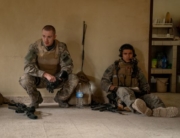
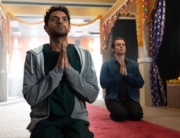

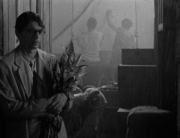

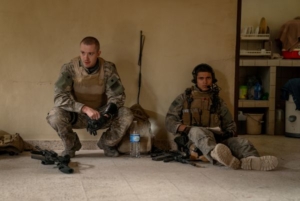
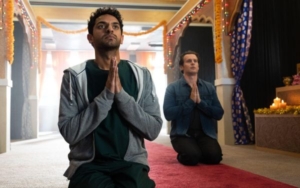

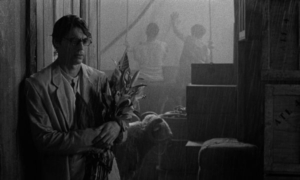
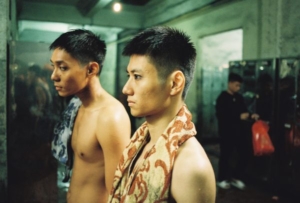
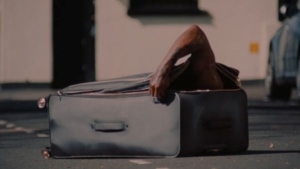

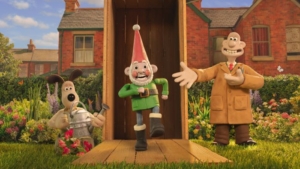

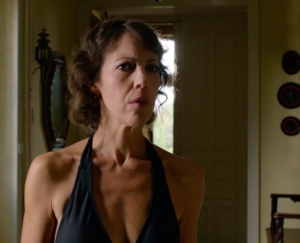
Leave A Comment